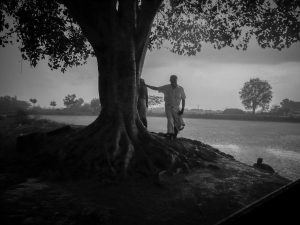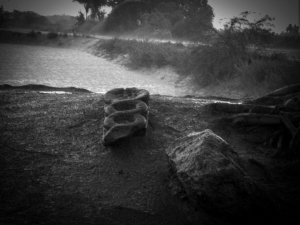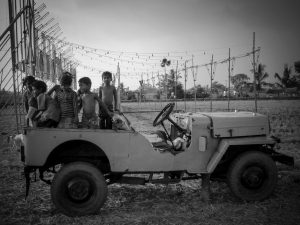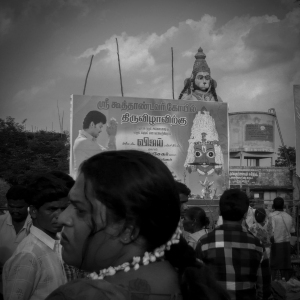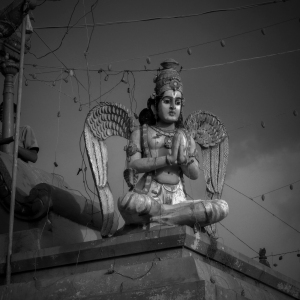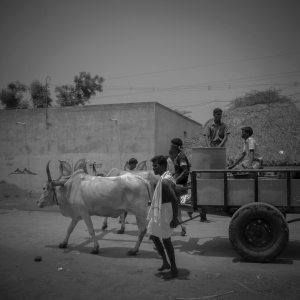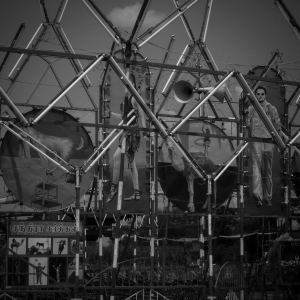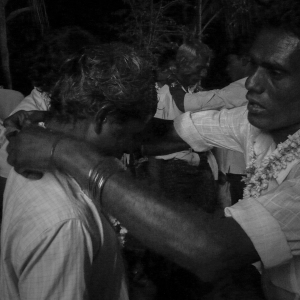The terms Aravaanis / hijras / third gender describe individuals who are categorized (by their will or by social consensus) as neither man nor woman. Transgender people are called as Aravaani in Tamil and their community is referred as Hijra in India. Tamil Nadu has an estimated population of 40,000 transgender people. In South Asia, most often hijras live in well-defined and organized all-hijra communities, led by a guru. Many work as sex workers for survival. The Aravanis have a strong community fold and have defined understanding of norms and customs. They have developed unique lifestyle, rituals and beliefs and their interaction / exchange with the other communities is very effective and influential. In Tamil Nadu, the aravanis take active part in the film industry. Most hijras live at the margins of society with very low status and go through untoward mental, physical and emotional agonies. Respecting the dignity of the transgender communities, in the year 2008 Tamil Nadu’s civil supplies department recognised them and offered ration cards. This was the first time that authorities anywhere in India have recognised the group. “It’s a move to support these marginalized people. They exist and we cannot ignore them. We have to accept them as third gender,” said social welfare minister Poongothai Aladi Aruna, a gynecologist herself. “We started with ration cards because it was the simplest thing to do. Other documents such as passports and voter identity cards will involve policy decisions of the Centre.” In April 2014, Justice KS Radhakrishnan declared transgender to be the third gender in Indian law, in a case brought by the National Legal Services Authority (Nalsa) against Union of India and others.
Viluppuram is a Municipality in the Villupuram district of the Indian state of Tamil Nadu. It serves as the headquarters of the district, the second largest in the state. Koovagam is a very small village in the Ulundurpettai in Villupuram district, Tamil Nadu. Usually this village is like any other village without much activity. It has a very small temple made of stone. The presiding deity is Koothandavar, it would mean, “The God of dance”. The local people offer worship once a day to this God. Few outsiders come to this temple to get rid of their disease. There are no monthly festivals at this temple. But there is a great festival on Chithra Pournami day (full moon that falls during the month of April-May) during which several thousand transgenders (third genders) from all over India participate in the annual gathering which takes place for fifteen days. This festival is dedicated to the presiding deity Koothandavar or Lord Iravan.
The reunion of thousands of cult leaders and their members, cross dressers, transgenders and their lovers amidst the crowding / competing agents, clients, devotees, social workers, doctors, police, traders and also the presence of countless perverted / frustrated / aspiring spectators, occur at the open paddy fields adjoining a traditional, conservative farming hamlet. Freely, fearlessly man marries man or man marries a third gender or man marries a Mohini as part of this ritual. The grand celebration of the marriage followed by dance, music, sacrifice, love, sex, ecstasy, sorrow and widowhood is performed in a highly dramatic way.
This project is my ongoing photo project that I have been working since 2012. I have been using lo-fi cameras and intend to use both analog and digital techniques.
Abul Kalam Azad
31st october 2014
(C) All rights reserved. All the images published in this blog is copyrighted property of contemporary Indian photographer Abul Kalam Azad. Text transcribed by TSL Nadar. Reprinting / publishing rights reserved by the author and prior permission is required for reproduction / re-publishing, For more information call {0}4175 237405 / {0}94879 56405 or mail to ekalokam@gmail.com / FACEBOOK – Abul Kalam Azad


